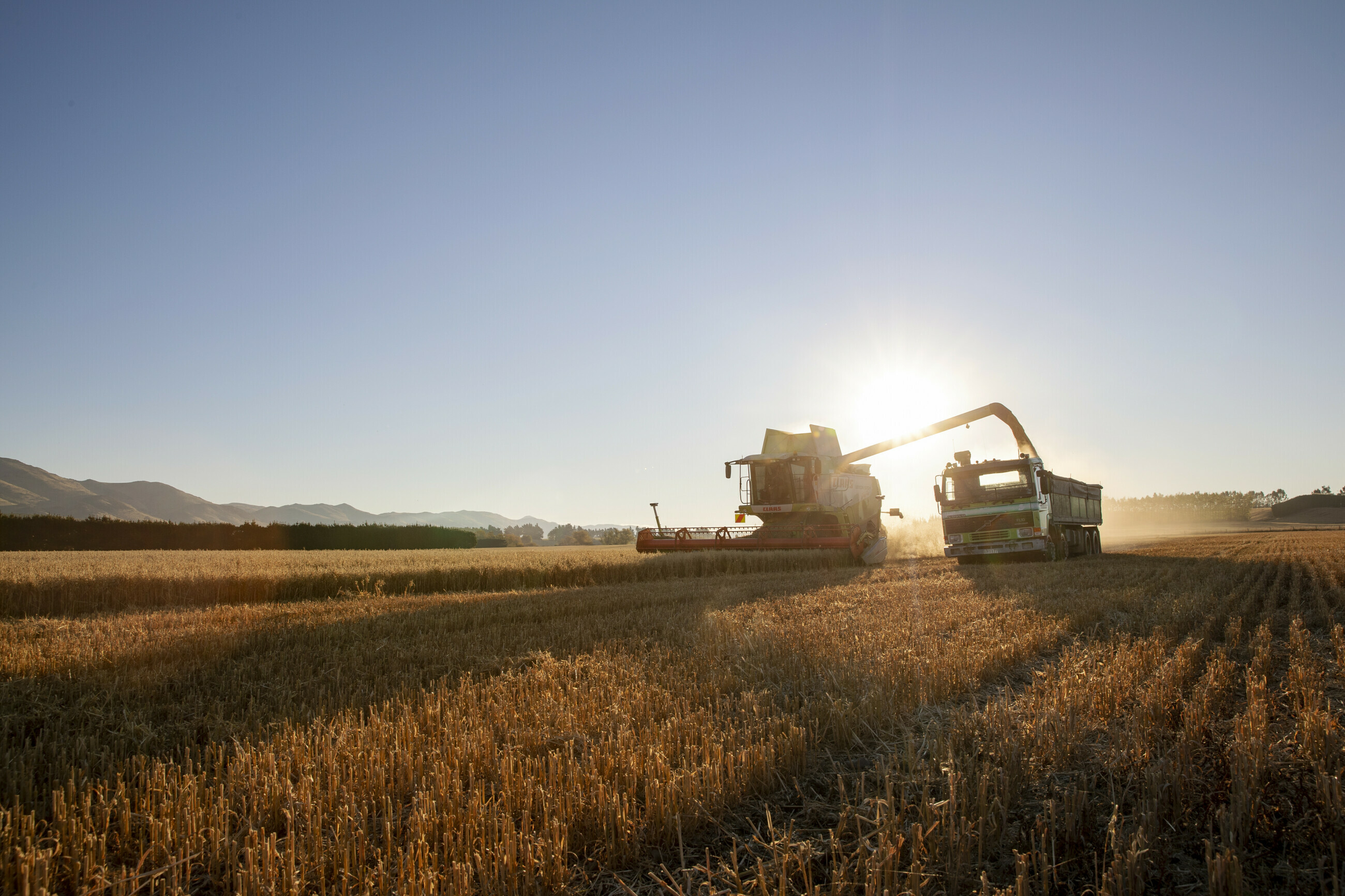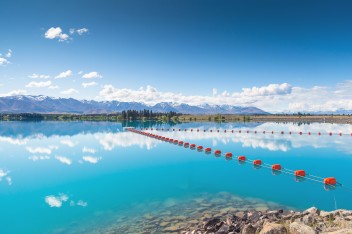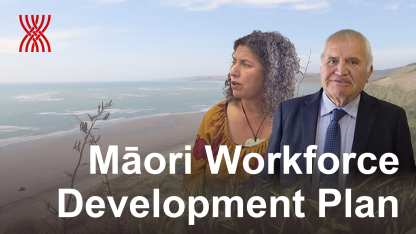2025 Investment Advice
Muka Tangata provides advice to TEC on investment in vocational education to influence funding decisions that considers industry needs, to help match skills and workforce demands with supply.
Learn moreWhile it was early Europeans who introduced wheat to Aotearoa, it is believed that the Māori northern chief Ruatara was the first to plant it. Despite initial resistance to growing wheat, demand from Sydney, Australia motivated Ruatara, and the first crop was sowed and harvested in 1813. Feeding settlers and supplying Australia led to the expansion of Māori wheat-growing by the 1840s.
Arable farming today refers to the use of land that is suitable for growing crops. In Aotearoa, the Arable industry primarily supplies crops for domestic use including cereals for human and animal feed, maize for grain and silage, grass and legume seeds for pasture and amenity, and high value vegetable seeds.
In 2021, we counted 6,074 people in the industry, with an export revenue of around $242 million in 2023. 54% of Arable production in Aotearoa is carried out in the South Island, with 34% of all of New Zealand’s production taking place in Canterbury. Spread across 180,000 hectares of land, the industry produced 60% of the world’s radish seed.
The industry has a few challenges ahead, including an aging workforce (38% of workers are aged 55 or over), and a lack of clear pathways for new entrants. This is compounded by rolling legislative and regulatory changes by the government, targeted at supporting adaptation and mitigation of the industry in the face of climate change. Opportunities for the industry include attracting new people into the workforce and supporting them to gain the required skills and training to adapt to this changing environment.
Find out about our work to assess the quality of programmes delivered by providers for this industry here.
Muka Tangata provides advice to TEC on investment in vocational education to influence funding decisions that considers industry needs, to help match skills and workforce demands with supply.
Learn more
This section provides information about the workforce, industry and Vocational Education and Training (VET) provision and performance. It shows data and research focused on key aspects of Muka Tangata industry groups and learners. This section is expected to feature regular updates to the data and trends being showcased.
Insights for Industry about trends in economic performance indicators.
Insights on the workforce, including; size, ethnicity, age, regional distribution, and gender.
Insights about learners, including trends in enrolments and mix of provision.
We highlight the current key priorities and opportunities for each industry. These opportunities will be updated on an ongoing basis as our understanding of the industry evolves and deepens.
This is our plan to address the opportunities that arose from our engagement, research and analysis. It includes real actions that we are committed to delivering – these are both industry specific and cross-cutting actions across all industries in the food and fibre sector where common themes emerged.
It includes broader areas or dependencies where external parties will need to provide input into solutions with Muka Tangata support; for example, advocacy, engagement, collaboration, and provision of specific expertise or data. We will work in collaboration with those who will need to take the lead in this area. This section will test potential solutions that we’re working on and seek feedback and input into them.

